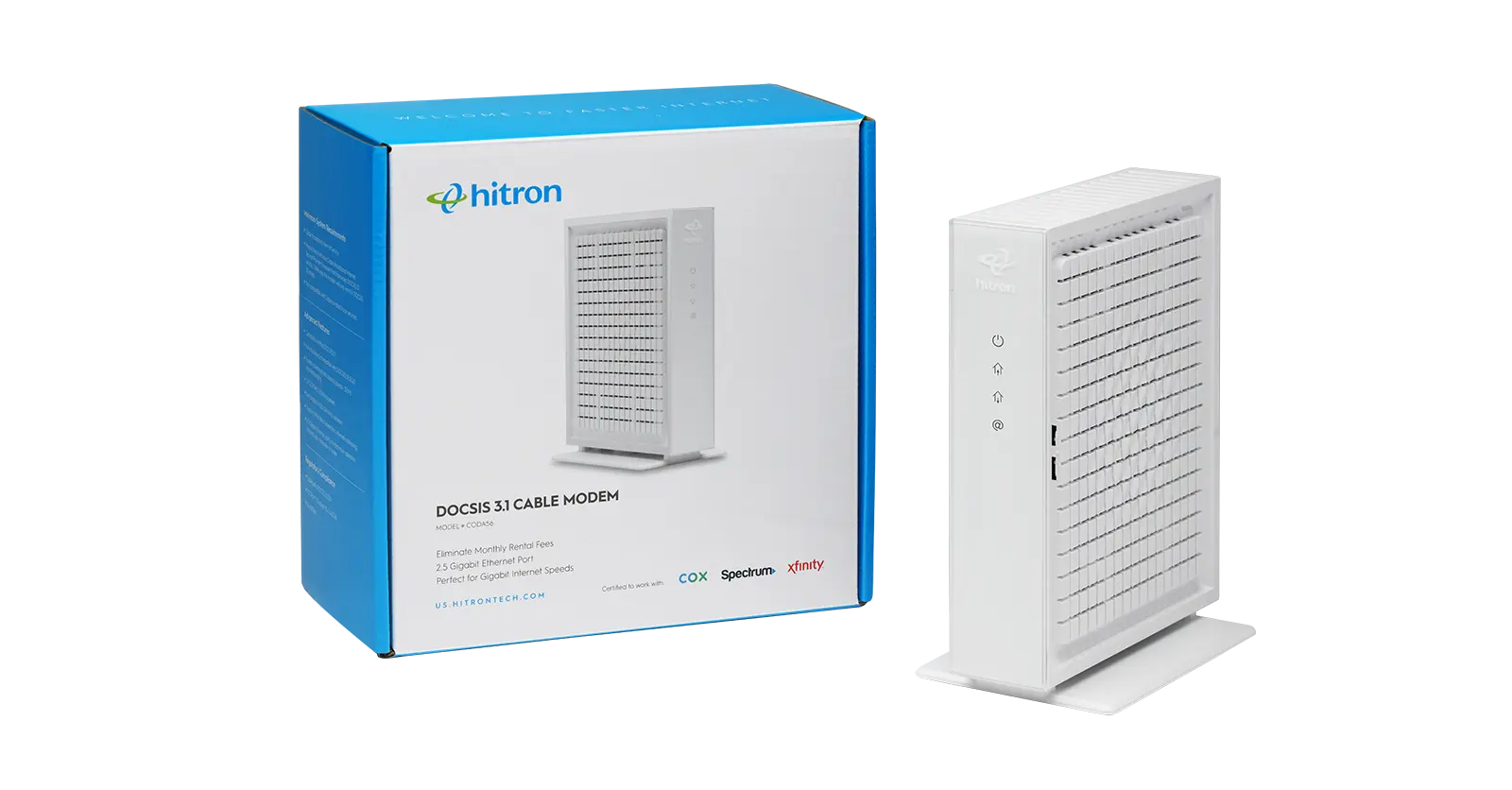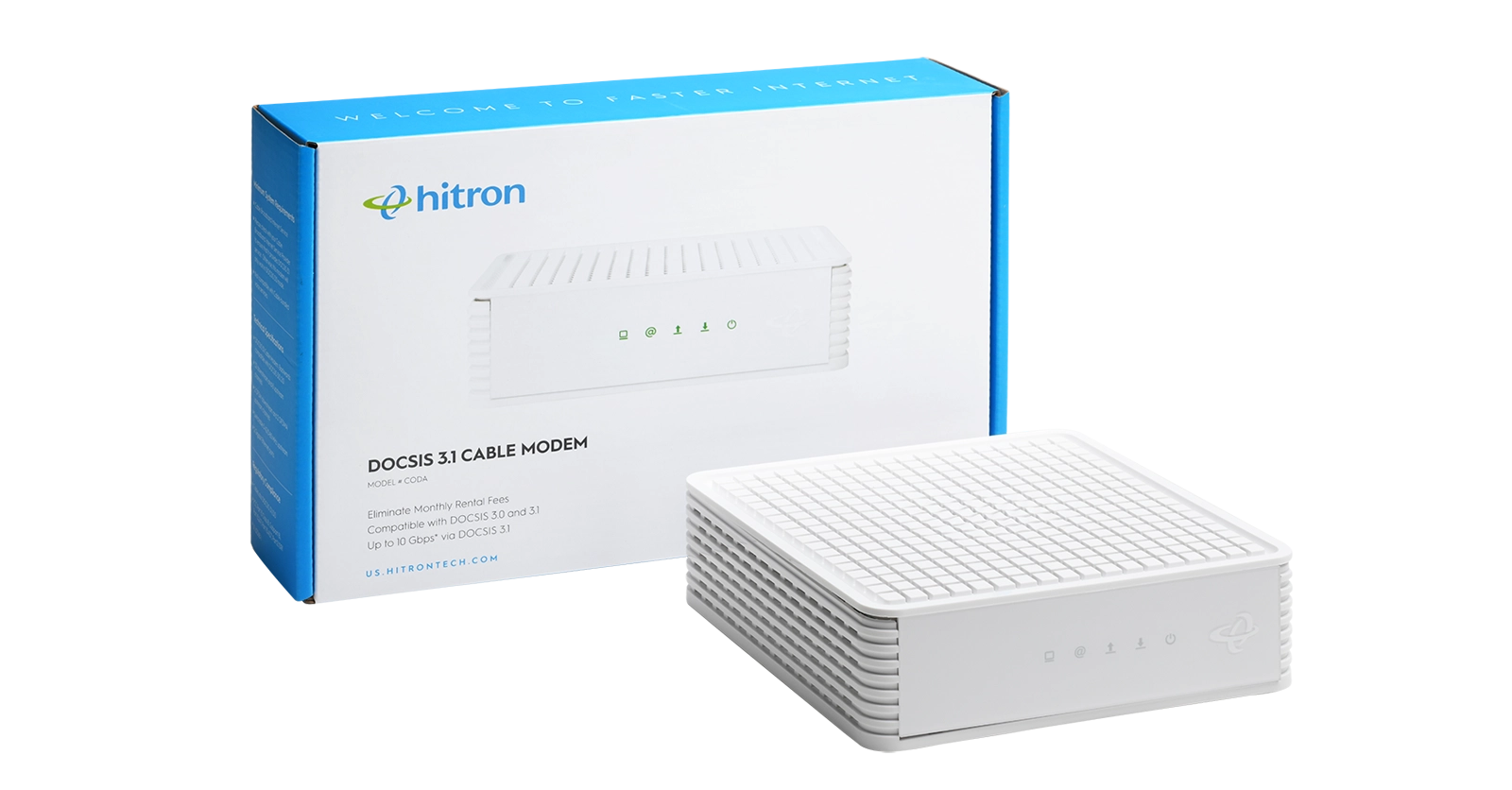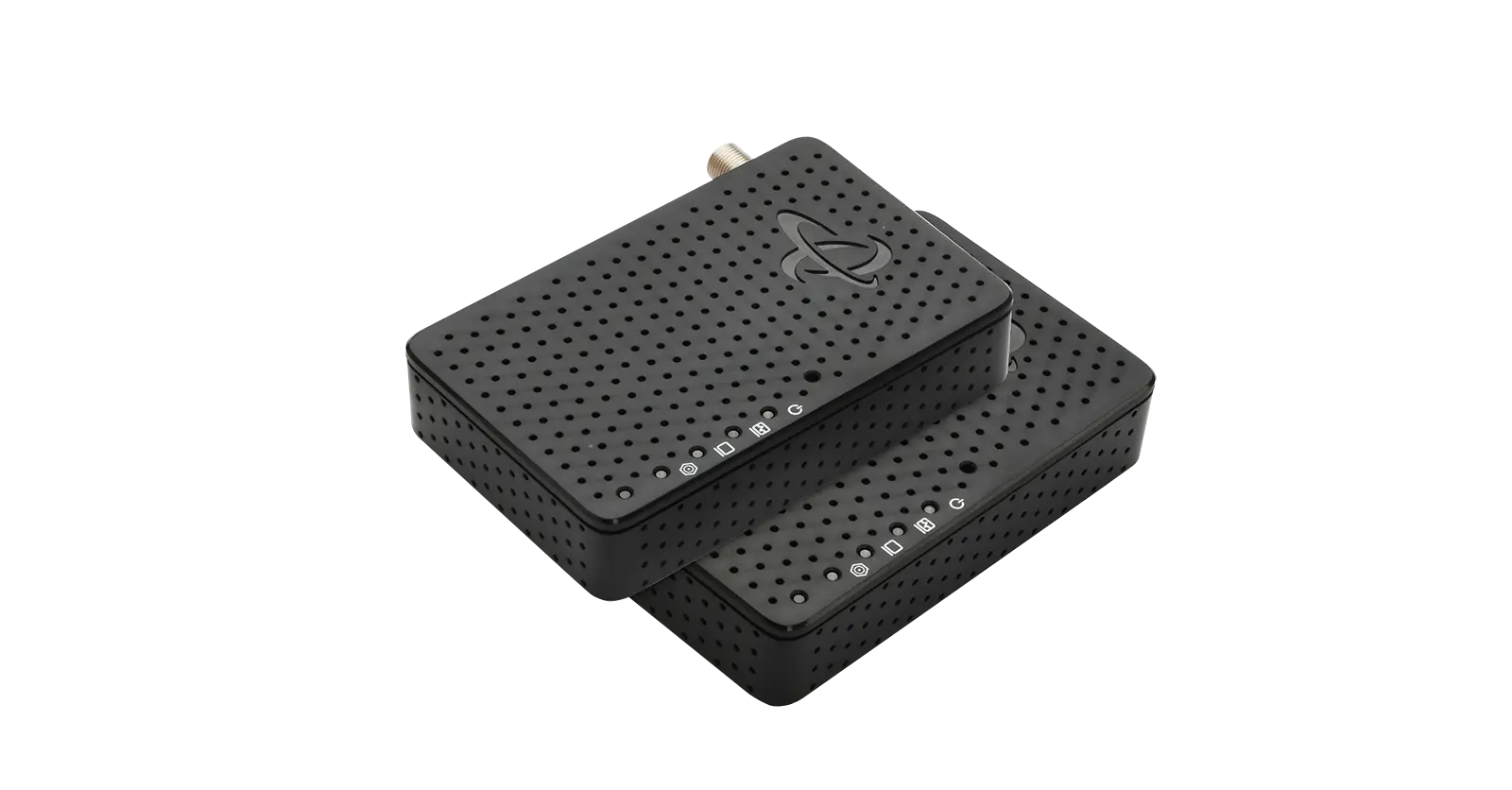ONT stands for Optical Network Terminal. ONU stands for Optical Network Unit.
An ONT and an ONU are the same things. ONT and ONU both refer to the consumer end equipment in an optical fiber to the home (FTTH) communication link. But if you want to get technical, there is one difference and that is that ONT is an ITU-T term, whereas ONU is an IEEE term. ITU-T and IEEE are two different telecommunication standards.
But you can think of an ONT and ONU as the same thing.
What is the purpose of an ONT/ONU?
On a fiber network, the ONT/ONU is located at your home. The purpose of this device is to use optical fiber to connect to the passive optical network (PON) and communicate with your Internet service provider to get an Internet connection.
How an ONT works
An ONT is located at the customer premise (residential or commercial). The ONU usually communicates with an ONT, which may be a separate box that connects the PON to TV sets, telephones, computers, or a wireless router.
How an ONU works
An ONU is located outside the home. An ONU converts optical signals to electrical signals via a fiber cable. An ONU organizes and optimizes different types of data coming from customers to efficiently send it upstream to the OLT (located at an ISP’s central hub).
What to Look for in an ONT/ONU
An ONT/ONU like Hitron’s 10G xPON ONT/ONU NOVA-2004offers key features of a powerful ONT/ONU device:
- Full access to 10G speed
- Access to 10G data and voice services
- Flexible fiber options (10G-EPON, XG-PON, and XGS-PON)
- VoIP voice services
- Battery backup in case of a power outage
- Allows you to keep using your existing DOCSIS provisioning systems
- Easy to install yourself or for a professional to install for you
Hitron’s powerful ONT/ONU solutions provide high-speed Internet access for residential and business customers. Ask your ISP about Hitron’s offerings today. Visit our Learn Page for more fiber-optic networking content.


